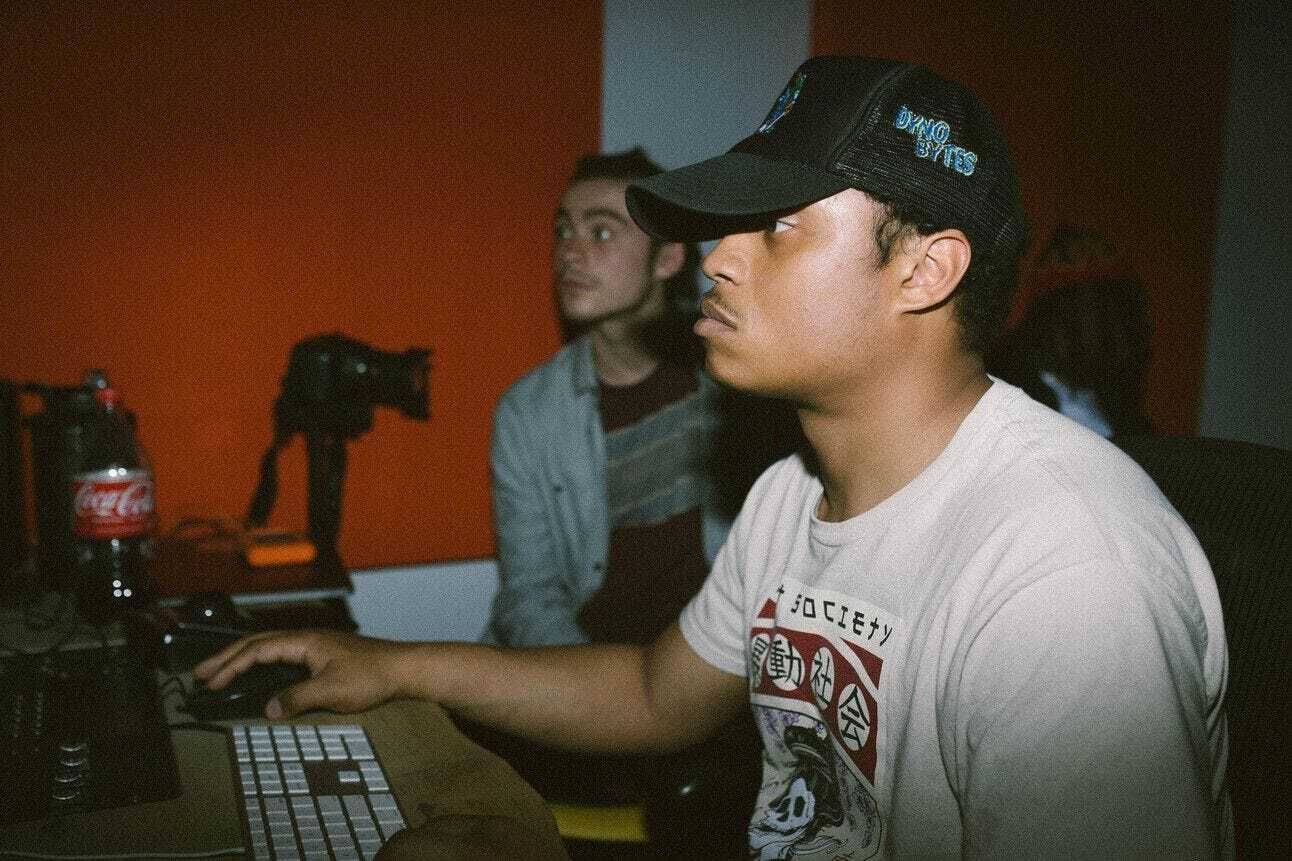Collaborating in person can either be one of the most rewarding parts of the creative process or the most frustrating. Whether you're stepping into a home studio or a high-end recording space, here’s what you can expect from studio recording sessions.
The Upside: In-Studio Sessions Can Better Your Craft
There’s a certain magic that happens when creatives are in the same room. The energy of a live session can push artists to perform at their best, shaping everything from vocal delivery to production decisions. It’s the kind of dynamic that’s hard to replicate over Zoom. When you’re recording with other people in the room, you get the benefit of real-time feedback and encouragement.

There’s also value in learning through observation. Watching how someone else works with instruments or in their DAW can be just as valuable as the session itself. Many producers pick up new techniques simply by paying attention to another artist’s workflow.
In-person collabs foster a strong sense of community. When there’s mutual support (rather than ego) in the studio, it builds trust and opens the door to future collaborations.
One of the biggest advantages of recording with groups in person is there’s room for spontaneous creation. When ideas click in real time, the process feels more like discovery than execution, and the results can be unforgettable.
The Downside: Things Can Go Wrong During a Recording Session
Not every studio session runs smoothly. When one artist dominates or shoots down ideas without listening, it can derail the entire vibe. Respect and open-mindedness are essential. Stay vigilant for ego clashes and be ready to diffuse creative differences by compromising or speaking up for yourself when necessary.

Late arrivals, last-minute cancellations, or collaborators who show up unprepared can frustrate those who take the process seriously. Respect for others’ time is non-negotiable. Every recording session should be treated with professionalism, whether you’re recording in someone’s bedroom or a commercial studio.
Creative chemistry is important. If one artist is aiming for soulful boom bap and the other is locked into hyperpop or rage beats, it may be tough to find common ground without compromise. Style misalignment is something you can avoid before joint recording sessions by sharing preliminary thoughts and project expectations. Communicate proactively to align with co-creators.
Set clear boundaries. Define who owns what, how publishing will be split, and how credits will be handled before the track is finished. Lack of clarity early on often causes bigger issues later.
In-studio collaboration can be a powerful catalyst for growth, creativity, and connection. But like any partnership, it works best when there’s mutual respect, clear communication, and a shared vision. If you come prepared and stay open, the studio becomes more than just a workspace, it becomes a launchpad for your recording career.
